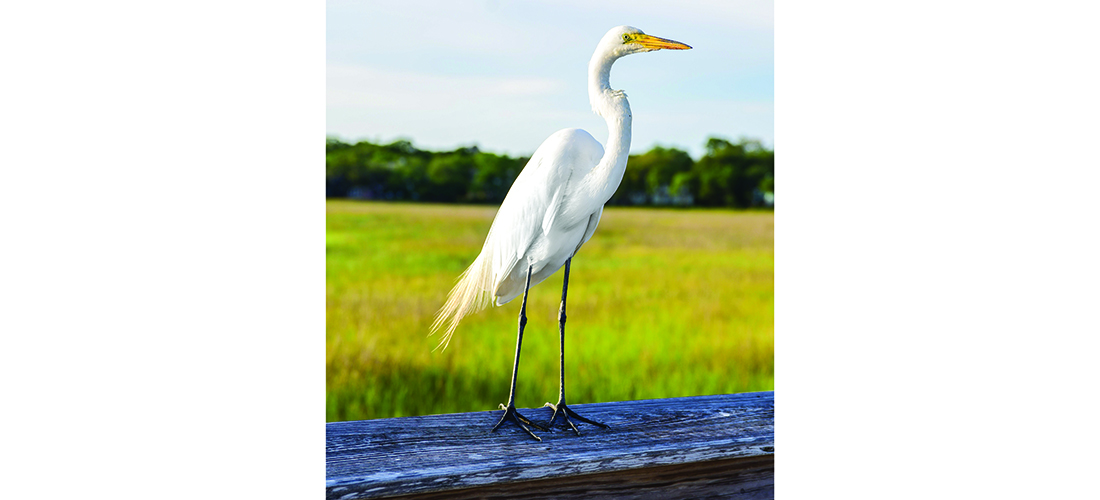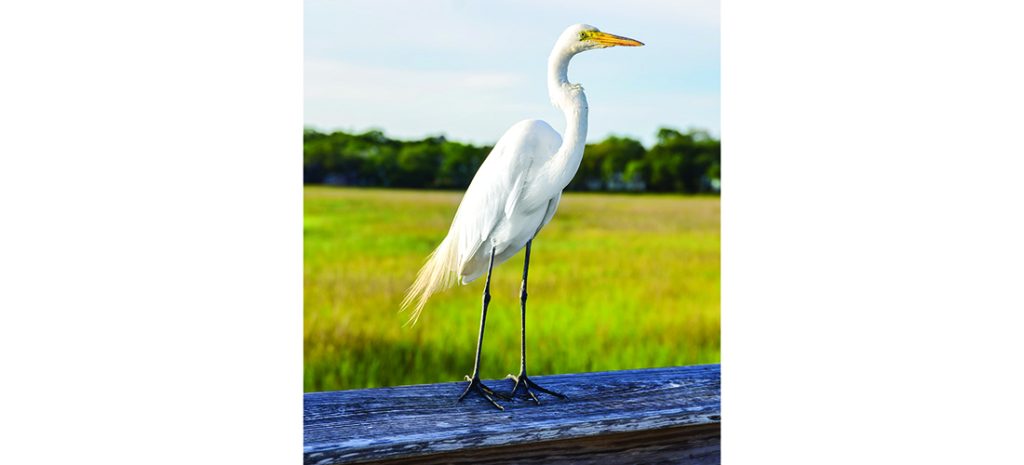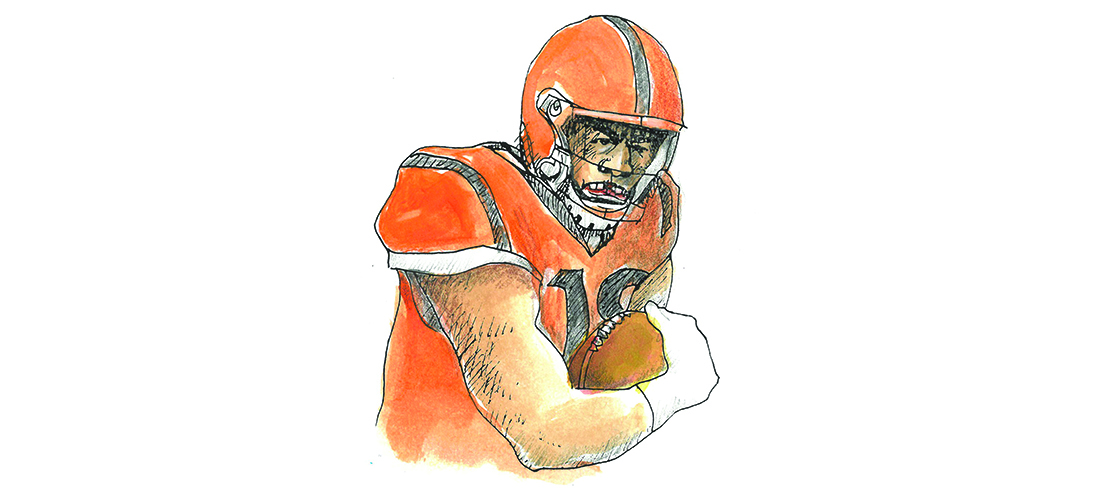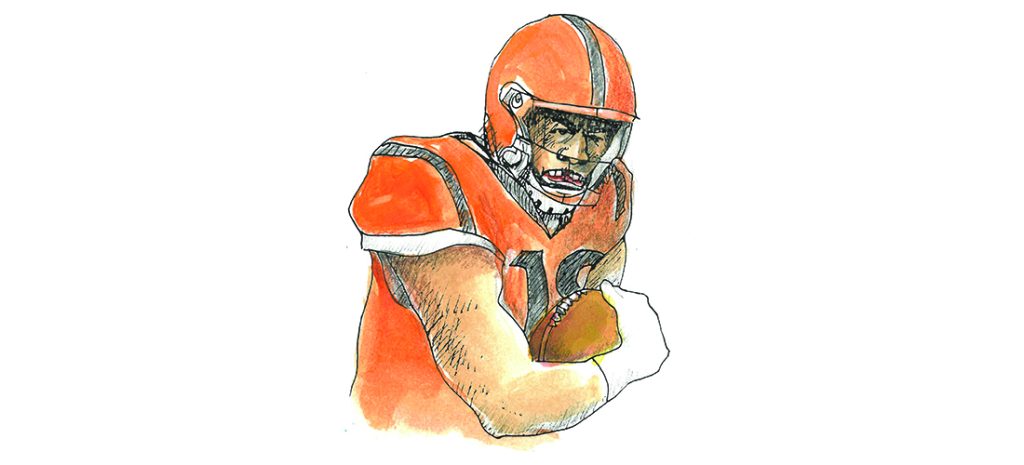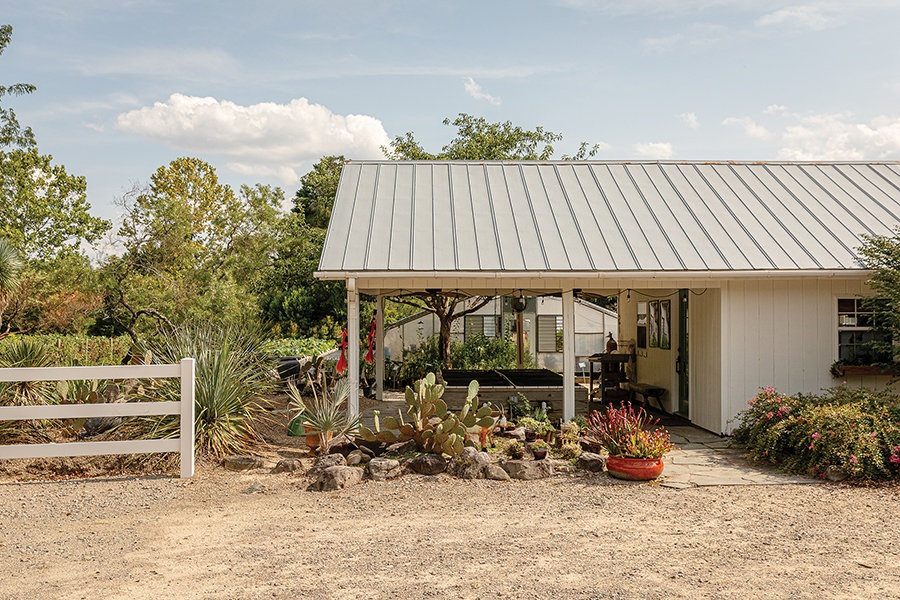PINEPITCH SEPTEMBER 2023

Stayin’ Alive

Souljam, a band based in Vero Beach, Florida, will perform with Jamie Monroe as the opening act at Live After 5 from 5:15 p.m. until 9 p.m. on Friday, Sept. 8, at the Village Arboretum, 375 Magnolia Road, Pinehurst. There will be kids’ activities and food trucks. Beer, wine and additional beverages will be available for purchase. Picnic baskets are allowed; outside alcoholic beverages are not permitted. Bring your lawn chairs, blankets and dancing shoes. For more information call (910) 295-3642 or go to www.vopnc.org.
Even Cowgirls Get the Blues

The Sandhills Repertory Theatre presents The Opera Cowgirls, the alt-country band where the Grand Ole Opry meets the mezzo sopranos, on Saturday, Sept. 9, at 2 p.m. and 7 p.m., and Sunday, Sept. 10, at 2 p.m., at the Sunrise Theater, 250 N.W. Broad St., Southern Pines. For more information and tickets call (910) 692-3611 or visit www.sandhillsrep.org.
Santa’s Wordsmith

Join Mary Kay Andrews, the author of The Homewreckers and The Santa Suit, for the book launch of her novella Bright Lights, Big Christmas on Tuesday, Sept. 26 at 11 a.m. at The Country Bookshop, 140 N.W. Broad St., Southern Pines. Space is limited. For more information and tickets go to www.ticketmesandhills.com.
Wait Wait . . . Not My Job

Alonzo Bodden, a regular panel member from NPR’s Peabody Award-winning show Wait Wait . . . Don’t Tell Me, kicks off BPAC’s 2023-24 Comedy Series at the Owens Auditorium, Sandhills Community College, 3395 Airport Road, Pinehurst, at 7 p.m. on Friday, Sept. 15. Bodden has done comedy specials on Amazon Prime and Showtime and was the season three winner of NBC’s Last Comic Standing. Tickets are $25 and up and can be purchased at SandhillsBPAC.com or ticketmesandhills.com.
Variations on a Theme

www.midsummernightswing.org
Stroll the beautiful grounds of the Weymouth Center and listen to Jazz on the Lawn featuring the Mint Julep Jazz Band from 11:30 a.m. to 2 p.m. on Sunday, Sept. 24. Bring your own blanket, chairs and a picnic, and enjoy the cash bar with mimosas, beer, wine and non-alcoholic beverages available. Tickets start at $27.50 and children 12 and under are admitted free. Weymouth Center for the Arts & Humanities, 555 E. Connecticut Ave., Southern Pines. Info: www.weymouthcenter.org.
Page Turners

Libraries all across Moore County are signing up new patrons during the entire month of September. Get a Library Crawl Passport at one of the participating libraries, visit five or more libraries during the month, then return your passport to any of the libraries to be entered in a prize raffle. The libraries include Moore County Library, Page Memorial Library, Pinebluff Library, Robbins Area Library, Vass Area Library, Moore County Library Bookmobile, Given Memorial Library and Tufts Archives, Katharine L. Boyd Library at Sandhills Community College, Southern Pines Public Library, and SPARK-SPPL book vending. While you’re at it, check out a book or two. Happy reading.
The Gatlin Brothers. Nuff Said.

That’s Larry, Steve and Rudy, to all y’all. The Gatlin Brothers will open the Bradshaw Performing Arts Centaer’s 2023-24 Mainstage Series on Saturday, Sept. 30, at 7 p.m. in the Sandhills Community College Owens Auditorium, 3395 Airport Road, Pinehurst. The Grammy Award-winning trio has accumulated a lifetime of accolades, including seven No. 1 singles and 32 top 40 records. For information and tickets go to www.ticketmesandhills.com.
Magical Monarchs
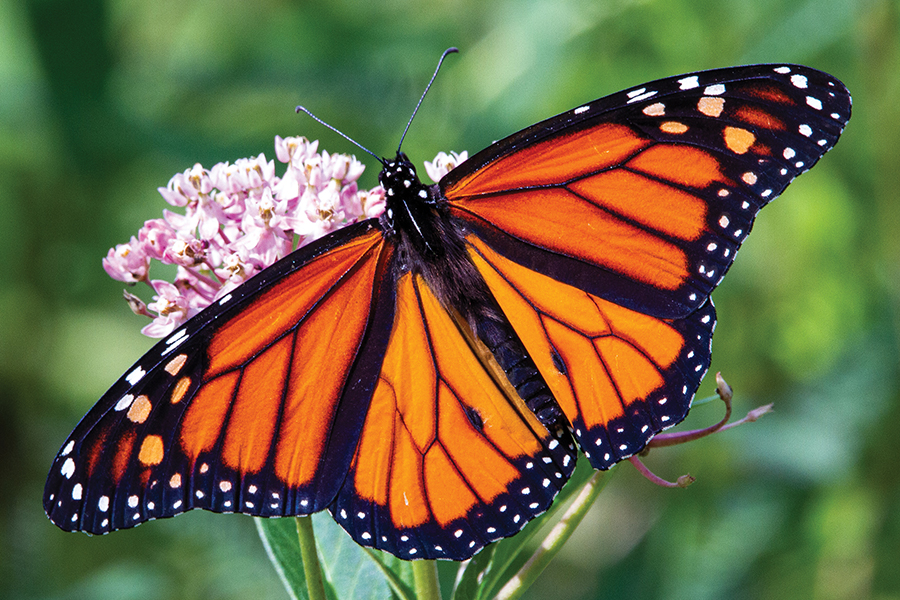
Celebrate butterflies and promote pollinator habitats with a day of family fun and educational activities during the annual Flutterby Festival, on Saturday, Sept. 23, from 11 a.m. to 2 p.m., at the Village Arboretum, 105 Rassie Wicker Drive, Pinehurst. Programs include an opportunity to interact and feed hundreds of newly emerged monarch butterflies in the giant Magical Monarch Tents. Live music is provided by musicians from the Carolina Philharmonic. Refreshments are available for purchase from food trucks, and tickets can be purchased at www.ticketmesandhills.com.
Do You Want Slaw With That?

The Third Annual Pinehurst Barbecue Festival begins Sept. 1 featuring the Food Network’s “chopped” champion Adam Hughes at Tufts Memorial Park, 1 Village Green Road W., Pinehurst. The three-day festival concludes on Saturday, Sept. 3, with the Christopher Prieto Pitmaster Invitational, where barbecue virtuosos from all over North Carolina offer samplings of whole hog, ribs, brisket and poultry. In between there’s music and maybe a shot of bourbon or two. For more information visit www.pinehurstbarbecuefestival.com.




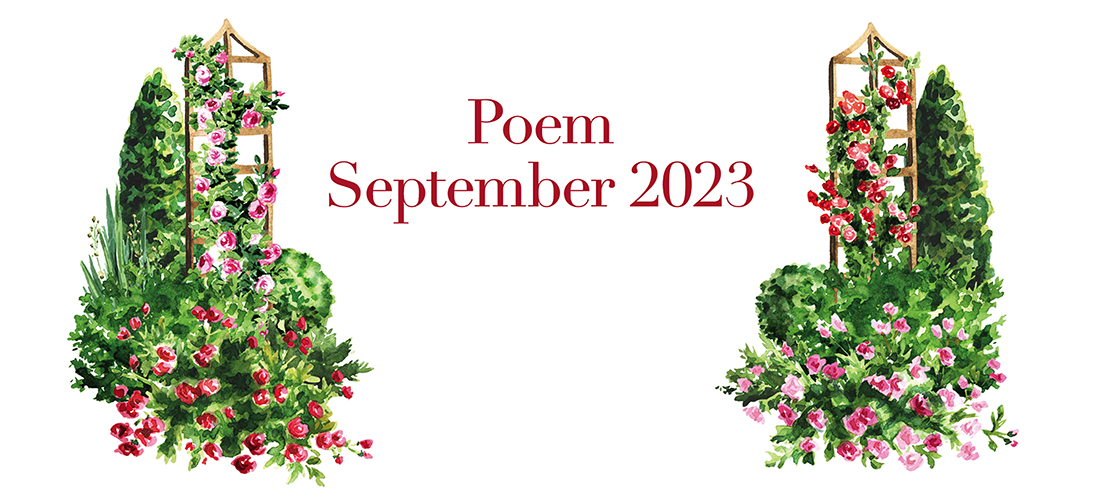
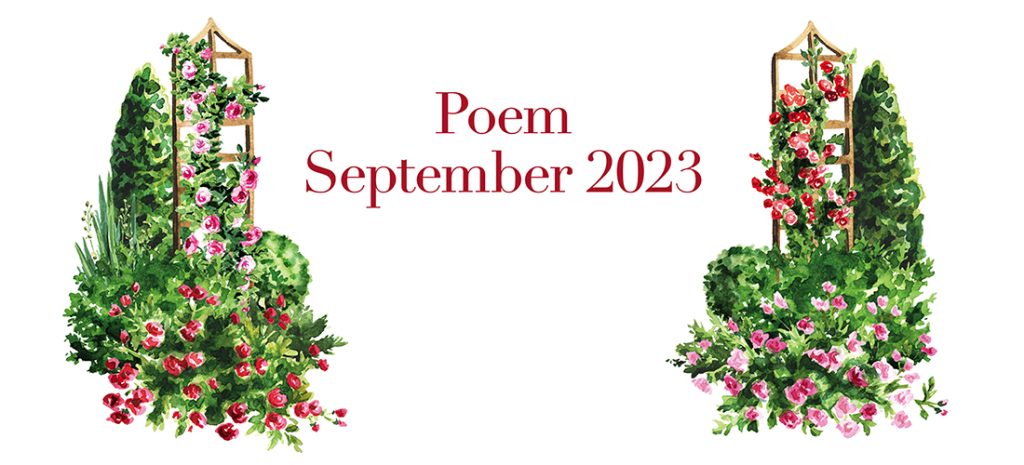
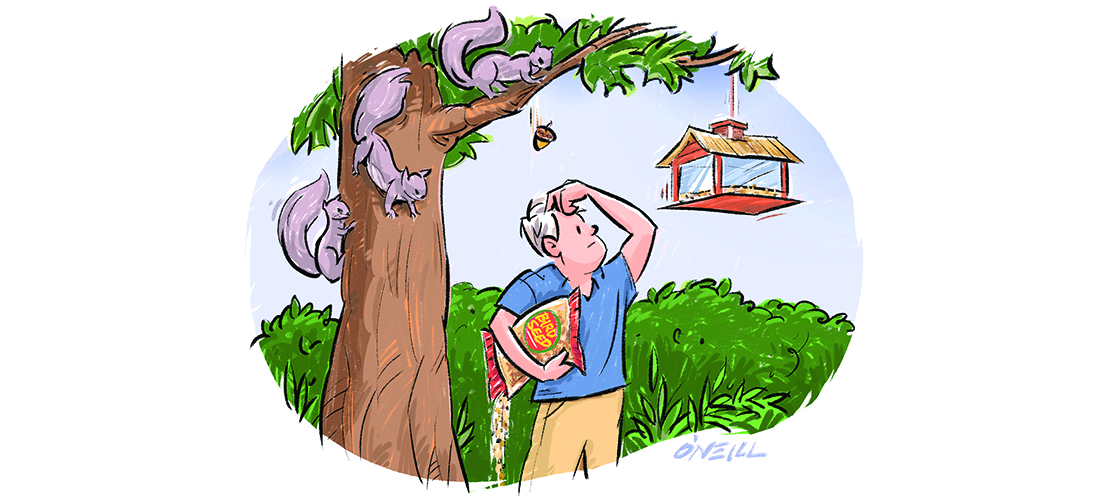
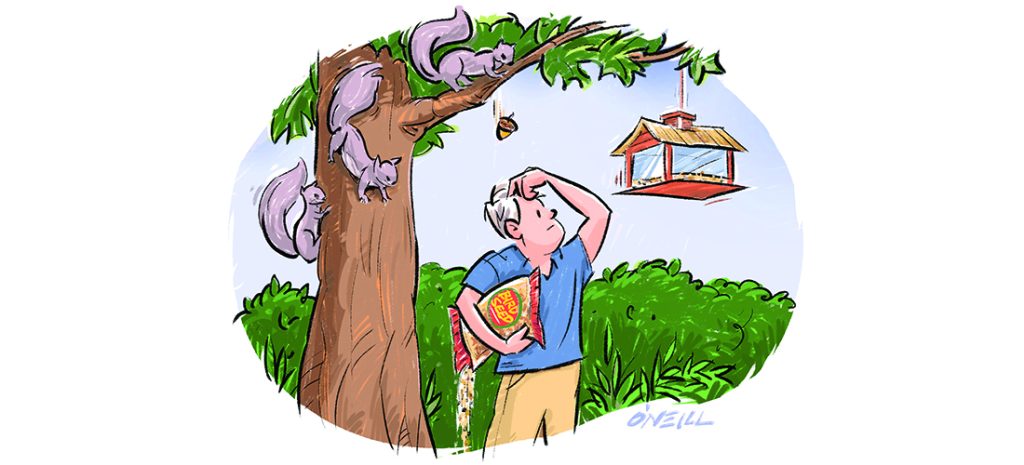


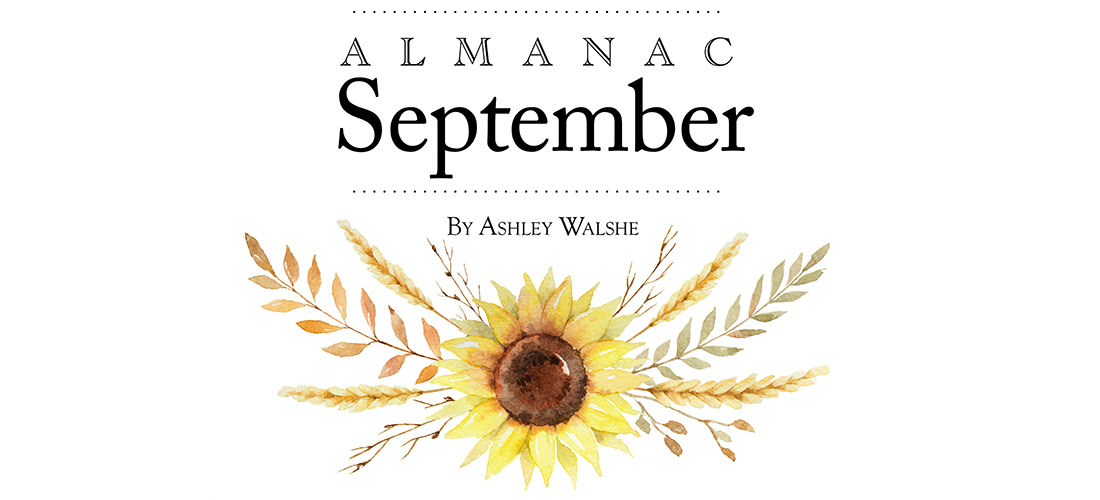
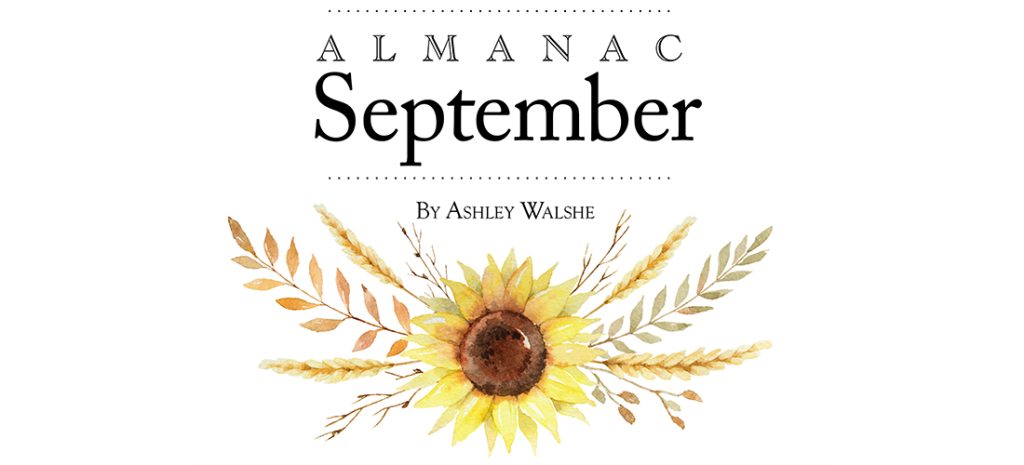
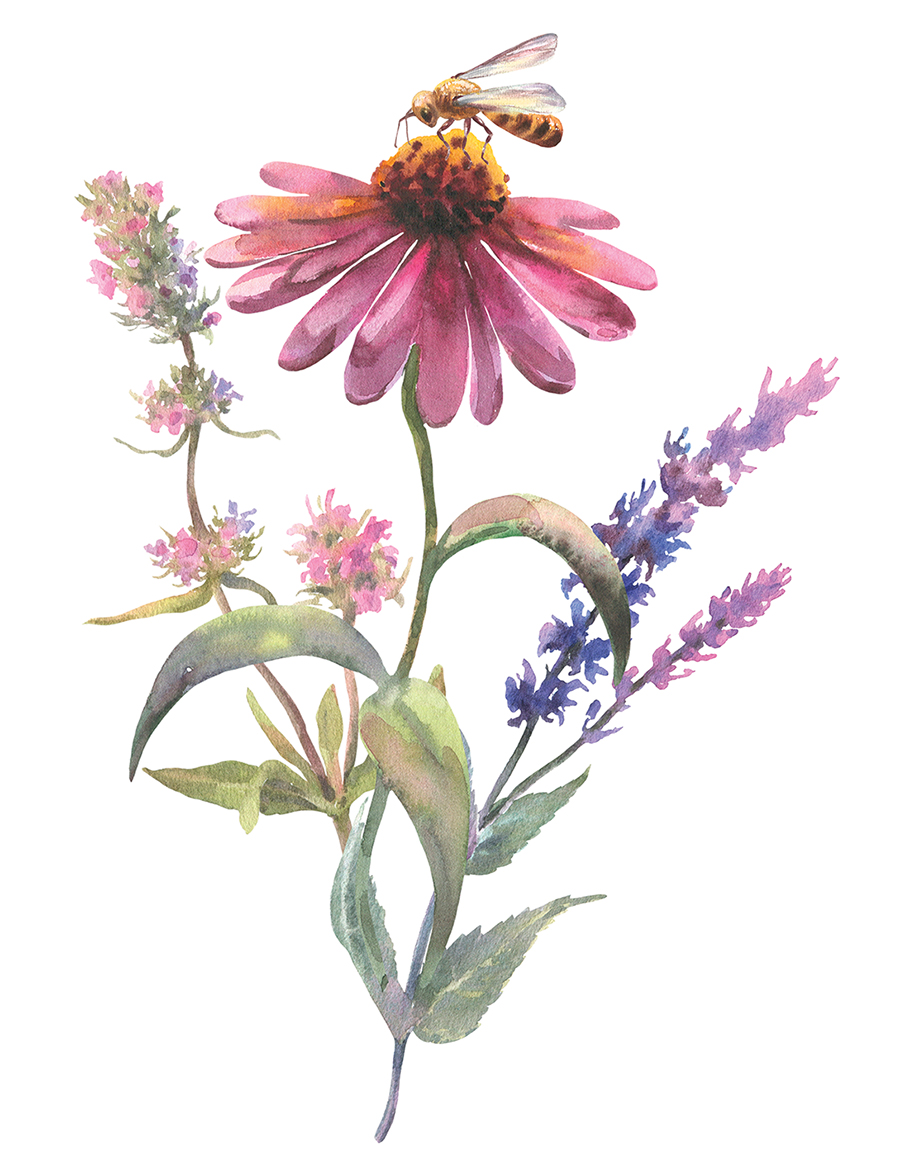

 Muscadine season is here at last.
Muscadine season is here at last.